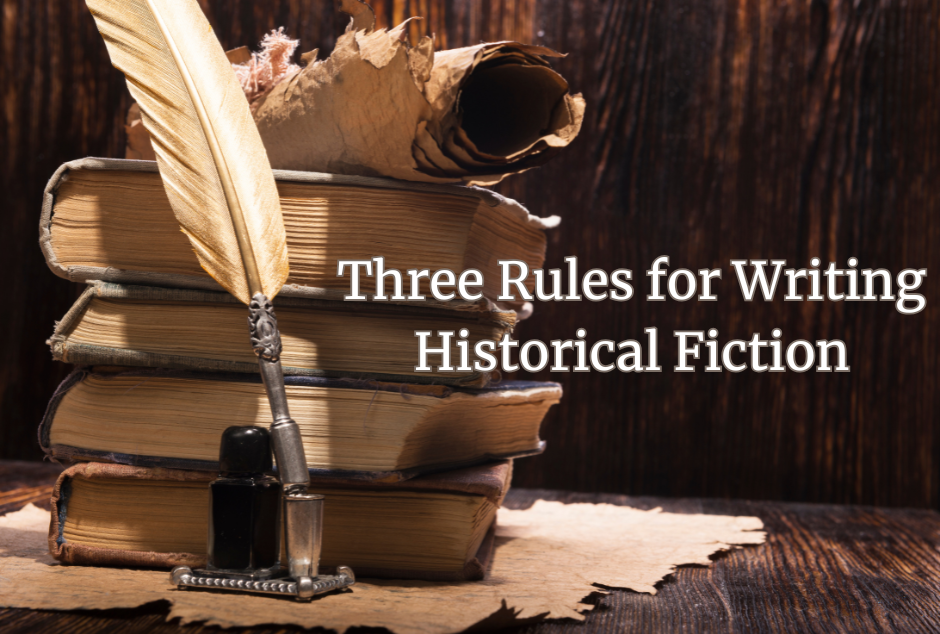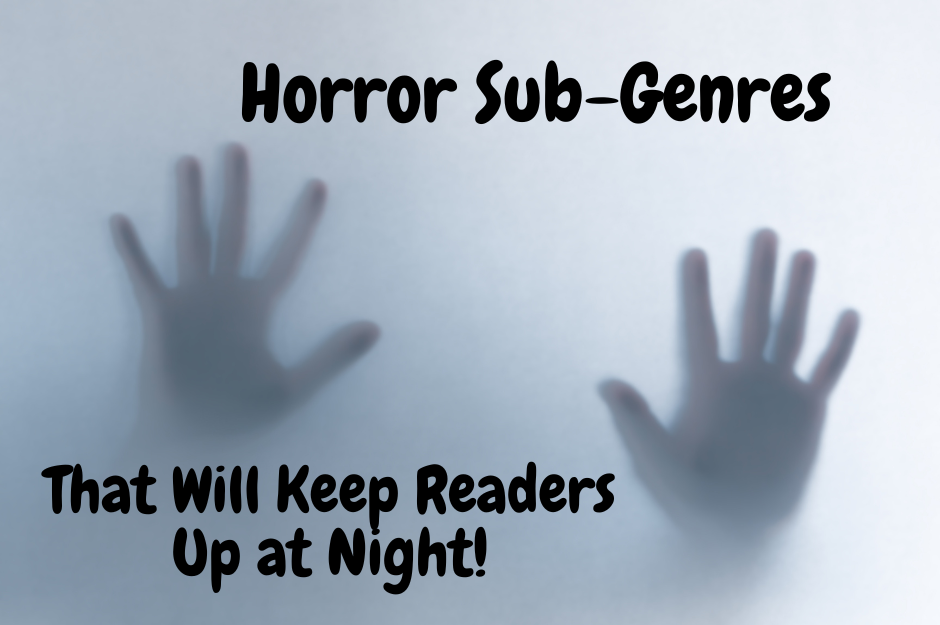|
Listen to or download this article:
|
IF you are participating in NaNoWriMo, you are getting close to the FINISH LINE! Stay the Course as you try to achieve the 50,000 words goal.
If you are NOT participating in NaNoWriMo, then we hope that this post will spur you on as write your work-in-progress (w-i-p) or your next work.
RULE # 1
WRITE FAST! EDIT SLOW!
Don’t edit your first draft as you write it!
Writing your first draft should be a mad dash to get your story out of your brain. Don’t hinder it by worrying about each little detail. There will be time for that later. NaNoWriMo or not.
Not taking our word for that piece of advice?
Chelsea Cain, a bestselling thriller author (with a TV series to her credit), gives this piece of advice:
Write the bare-bones version of the scene first using mostly dialogue, and then move on and in the second draft flesh out the scenes with description and action.
“Action is dialogue. Dialogue is action.” – Robert Dugoni, Amazon Bestselling Author
What is YOUR STORY?
Story is essentially a problem that needs solving for the protagonist. – Jessica Morrell
- What is your protagonist’s problem that must be solved—or else?
- What is the worst thing that can happen next to your protagonist?
- Remember that it is not your problem. It is your protagonist’s problem, obstacle, impossible dream.
- Start at least one subplot. This subplot(s) should also complicate the protagonist’s goals.
No matter when the problem begins (it’s always in Act One) the problem is weighty and vexing, perhaps insurmountable. If the problem is not immediately personal, it should become so that it will create a bond (connection) between the protagonist and antagonist. Classic examples are the connection between Sherlock Holmes and Jim Moriarty and Harry Potter and Voldemort.
The inciting incident might lead to the problem. This event will disrupt the status quo, demand response, and set actions in motion. It’s a threat that unbalances the story world and creates dilemmas that must be dealt with.
To name a few:
- The tornado incident in the Wizard of OZ
- Katniss’s little sister selected for the Hunger Games
- Luke Skywalker ‘seeing’ and hearing Princess Leia calling for help in Star Wars
These excerpts above are from The Inciting Incident blogpost
Environment (internal and external)
These are great tips to get your creativity groove on!
- Remember you want to send your protagonist into new emotional territory with new challenges and pressures.
- And at the same time, she will need to deal with new physical territories such as a new school (Footloose) or a different culture (Dances with Wolves) or a different legal society with different norms (Handmaid’s Tale) or a new environment (Deadwood) or a different time ( Outlander) or galaxy (Farscape).
- Don’t be afraid to stage danger in benign or lovely settings or conversely gentle scenes in dangerous and gruesome settings.
Kiffer’s Note: I just saw this bucolic scene while watching The Wheel of Time first episode. All white coats and white tents. And then, bam! We learn that the guys in white are not the “good guys” —at all—even if their name is Children of the Light.
Atmosphere
- Allow the overall atmosphere and mood to imbue your writing from the get-go.
- The atmosphere lends itself to the overall tone and mood of a work. Allow it to permeate your work as you write.
The atmosphere in Shadow and Bone series by Leigh Bardugo
Or Sex in the City by Carrie Bradshaw
Why use atmosphere in your first draft? (or during NaNoWriMo)?
-
- Because it will affect your mood and approach to your story.
- It will make you focus on creating unease–a necessary ingredient not always considered in early drafts.
- Unease contributes to writing a page-turner.
- Atmosphere underlines themes–even if you don’t have your themes nailed down yet.
Here is the link to our Writer’s Toolbox article on Atmosphere
Emotional Baggage
- Know your protagonist’s main emotional wound, sometimes called baggage in real life. How is it going to affect his or her ability to solve the story problem? (See the questions below to jumpstart creativity.)
Remember that Writers (that is you) should carry a notebook everywhere you go. You never know when a brilliant solution is going to appear. Jessica Morrell
If I could offer a single piece of advice about creating characters it would be this (Jessica Morrell):
- Take risks with your main characters.
- Make them stand out from the myriads of fiction published each year.
- And don’t be afraid to allow eccentricities, quirks, and oddball ways of seeing reality.
More questions for your protagonist from Jessica Morrell—these are guaranteed to get your creative wheels turning:
First, ask yourself these questions and then “ask” your protagonist. Have your protagonist go into depth. Find out what your protagonist’s iceberg under the waterline is all about.

Photo taken in Greenland’s waters.
Kiffer suggests that you take a walk when you are considering these questions. Be sure to either take notes or record your thoughts on your smartphone while you explore your protagonist’s emotional baggage. Walk a mile in your protagonist’s shoes.

- What’s the most embarrassing thing that has ever happened to you?
- What is your biggest regret?
- What is your superpower?
- Who do you cherish most in the world?
- If you could change one thing about your world, what would it be?
- What is your average day or schedule?
- What 5-6 words sum up your values?
- What do you do after a really bad day?
- How do you celebrate?
- The secret you’d never tell your significant other? Your mother? Your sibling?
- What reminds you of home?
- What item must you always take along when traveling?
- Favorite drink?
- Secret vice?
- Pizza or tacos? Cookies or tequila?
- Favorite climate?
- Reading or television to unwind?
- Breakfast or coffee only?
We hope that we helping you, Dear Writer, to arm and prep yourself to get down to the writing of your next work—the reckoning.

Ernest Hemingway: There is nothing to writing. All you do is sit down at a typewriter and bleed.
Stay tuned for more NaNoWriMo Tips // Jump Start Your Novel Tips
Chanticleer Editorial Services – when you are ready
Did you know that Chanticleer offers editorial services? We do and have been doing so since 2011.

Tools of the Editing Trade
Our professional editors are top-notch and are experts in the Chicago Manual of Style. They have and are working for the top publishing houses (TOR, McMillian, Thomas Mercer, Penguin Random House, Simon Schuster, etc.).
If you would like more information, we invite you to email Kiffer or Sharon at KBrown@ChantiReviews.com or SAnderson@ChantiReviews.com for more information, testimonials, and fees.
We work with a small number of exclusive clients who want to collaborate with our team of top-editors on an on-going basis. Contact us today!
Chanticleer Editorial Services also offers writing craft sessions and masterclasses. Sign up to find out where, when, and how sessions being held.
A great way to get started is with our manuscript evaluation service. Here are some handy links about this tried and true service: https://www.chantireviews.com/manuscript-reviews/

Writer’s Toolbox
Thank you for reading this Chanticleer Writer’s Toolbox article.
Writers Toolbox Helpful Links:

Keep writing, keep dreaming, have heart. Jessica
Jessica Morrell is a top-tier developmental editor and a contributor to Chanticleer Reviews Media and to the Writer’s Digest magazine. She teaches Master Writing Craft Classes at the Chanticleer Authors Conference that is held annually along with teaching at Chanticleer writing workshops that are held throughout the year.

Keep creating magic! Kiffer
Kathryn (Kiffer) Brown is CEO and co-founder of Chanticleer Reviews and Chanticleer Int’l Book Awards (The CIBAs) that Discover Today’s Best Books. She founded Chanticleer Reviews in 2010 to help authors to unlock the secrets of successful publishing and to enhance book discoverability. She is also a scout for select literary agencies, publishing houses, and entertainment producers.



















Leave A Comment